The toughest thing I face on a weekly basis happens once the season gets going, [and involves] office work or time on the computer. Much of my winter is spent traveling and some of that travel is on snow. No matter where you are or what you’re doing, you always have hours of office work to do every day. No one waits for answers because you’re at the FREESKIER Test in Aspen, you have to keep up.
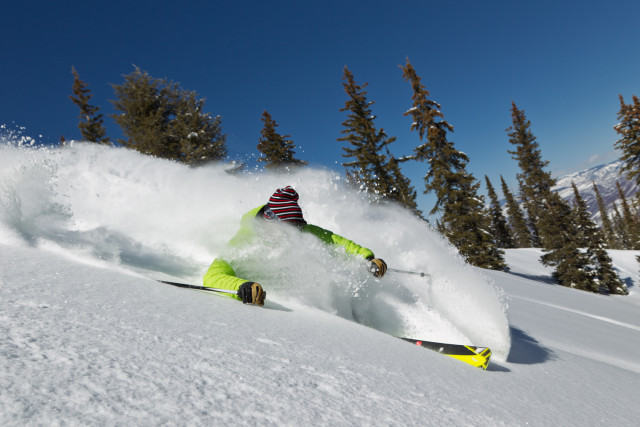
One thing we’re always juggling are the product lines. You have to stay grounded, while multi-tasking at the same time. We have 2015-16 product hitting the store now and it’s my job to educate the shop personnel on that. At the same time, we’re introducing the 2016-17 line to retailers. And at the same time, we are working on the 2017-18 product line. We must maintain a presence in what’s happening now, while simultaneously looking to the future to identify trends.
One thing people probably never think about is the question “who are we developing products for?” Every company’s product line is expanding to astronomical proportions and the ski sales have shrunk. We sold more skis when every manufacturer had a line of five models. As an industry we seem to take more stock in making products to heighten the experience of the top five percent of all skiers and we leave the rest floating in the breeze.
Don’t get me wrong, I know we need to make skiing sexy and exciting. And we constantly need to be pushing the technical envelope around ski product. But in an industry that has been flat for the past 10 years, we need to continue to enhance the experience of people who are new to the sport, we need to enhance the experience of families who struggle to bring a group of four or five to a ski resort on a middle-class income. I love to ski in the backcountry as much as anyone and have spent more time back there than most. But it’s not the future of our sport in relation to the masses. We need to make skiing more accessible, not less.
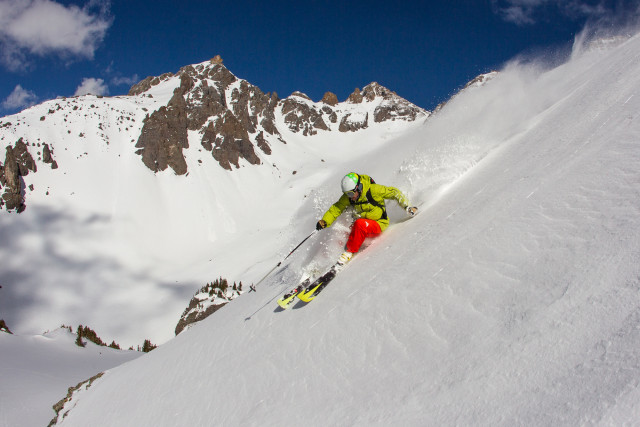
The most rewarding part of working with athletes is feeling their passion and being around their creativity. They keep you honest and true to the core of the sport. They are all unique and I’m fortunate to get to work with many different types of athletes in skiing, from the World Cup to big-mountain to park. They all bring unique outlooks and creativity, but they all share a passion for going downhill on skis. I will always dig that.
The most frustrating thing about working with athletes is that sometimes their sense of reality is a bit skewed. But I love them for that!
The ski industry alumni of St. Lawrence University is pretty cool. To look at familiar faces that I grew up with at SLU and see them as colleagues in such a small industry shows how much these individuals cared about and continue to care about the sport.
Having a history degree helps in everything. You can’t plot your future without first understanding the past.
The Bandit XXX skis were revolutionary. I was doing a lot of product testing when these skis came out—my brother helped develop the line. Can you believe the first fat skis were 85 mm underfoot?! It was the first collection to identify different width skis for different purposes. If you look at the ski industry now, this is what all ski product lines are based off of.
Being a magazine cover boy offered me another avenue into the ski industry. It afforded me opportunities that would not have normally been there for a guy from upstate New York, such as free trips and product sponsorships. I wouldn’t trade those experiences for anything. Working with photographers like Jeff Cricco, and meeting and getting to know other athletes along the way such as Chris Davenport and Seth Morrison, was truly amazing. Most importantly, it gave me priority access to the goods.
Skiing in Alaska for the first time was eye-opening. That place is crazy. Don’t go into your first experience with any plan or expectations ’cause AK will chew them up and spit them out. The place is just raw from a natural standpoint. It holds the reigns on your plans. My first trip was to Haines, which is a pretty intimidating place. Weather was tough and conditions were “spicy,” as our guide and friend Will Spillo described them. You’re on edge the whole time you’re there. It’s stressful even when you’re not skiing. “What’s the weather doing? Are we going up? What are avalanche conditions like? Are we on standby? Aggressive standby? All that said, I can’t wait to go back.
Something that I’m really looking forward to is the future and what it holds for the brand and myself. I’m constantly learning, and I look forward to seeing where my knowledge will take me.
Three things I’d say to the Coup of the future would be to find what inspires you in life, find what you’re passionate about. And use that to define yourself.
Related: Oakley’s Greg Strokes on brand growth, “Session 1242” and family life
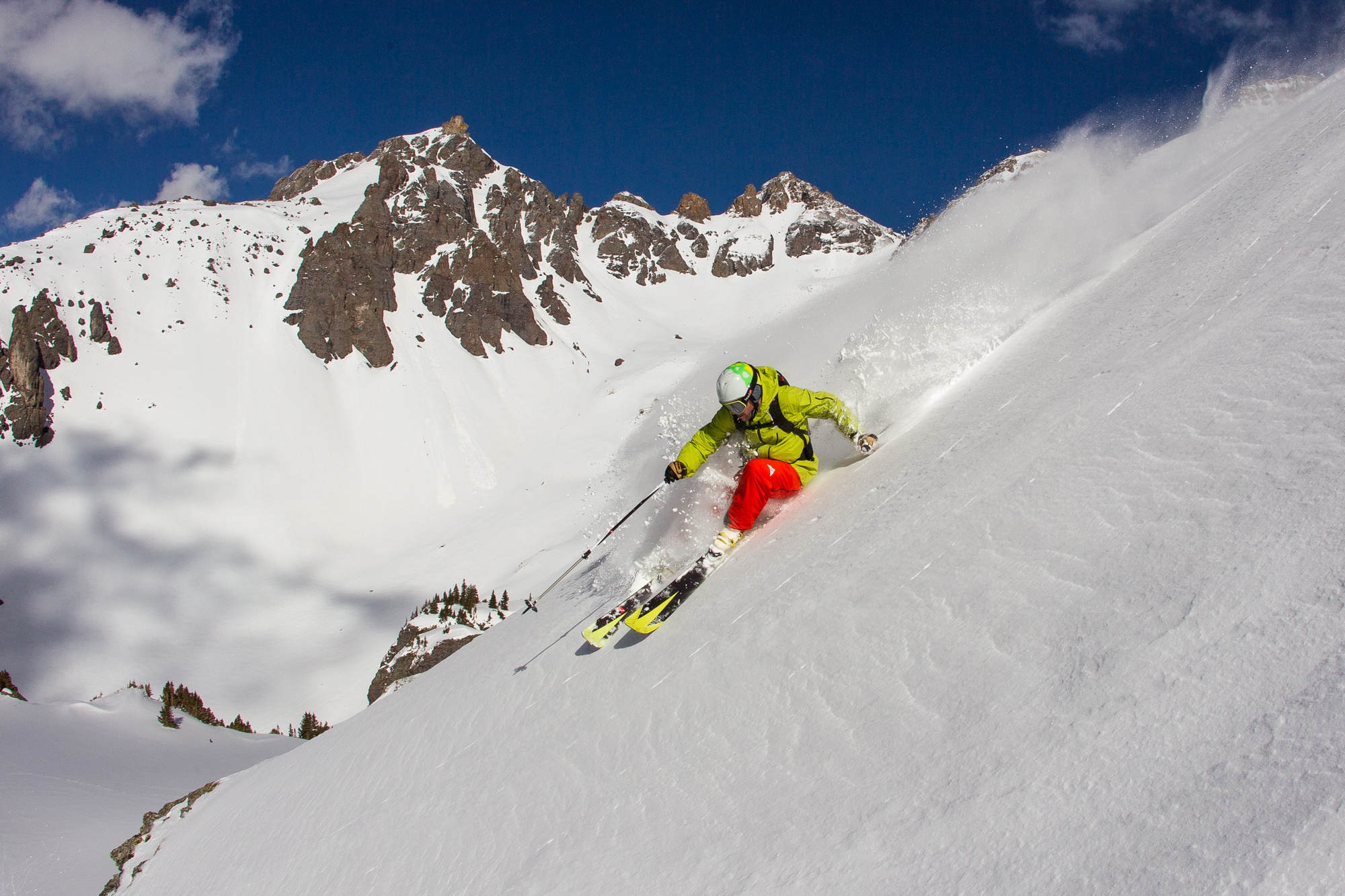
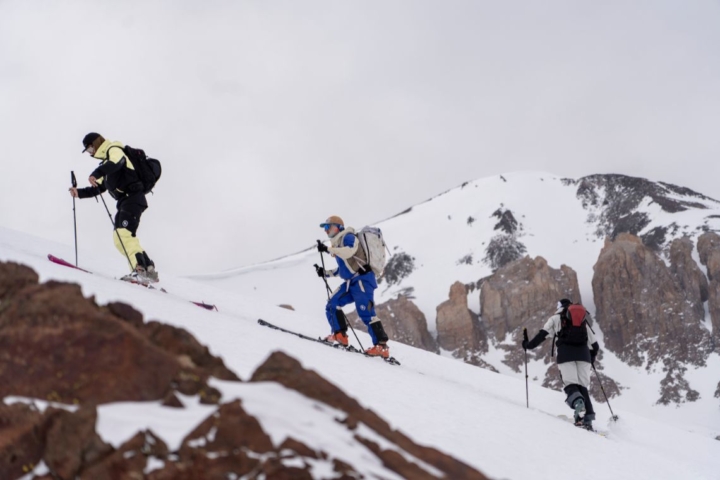
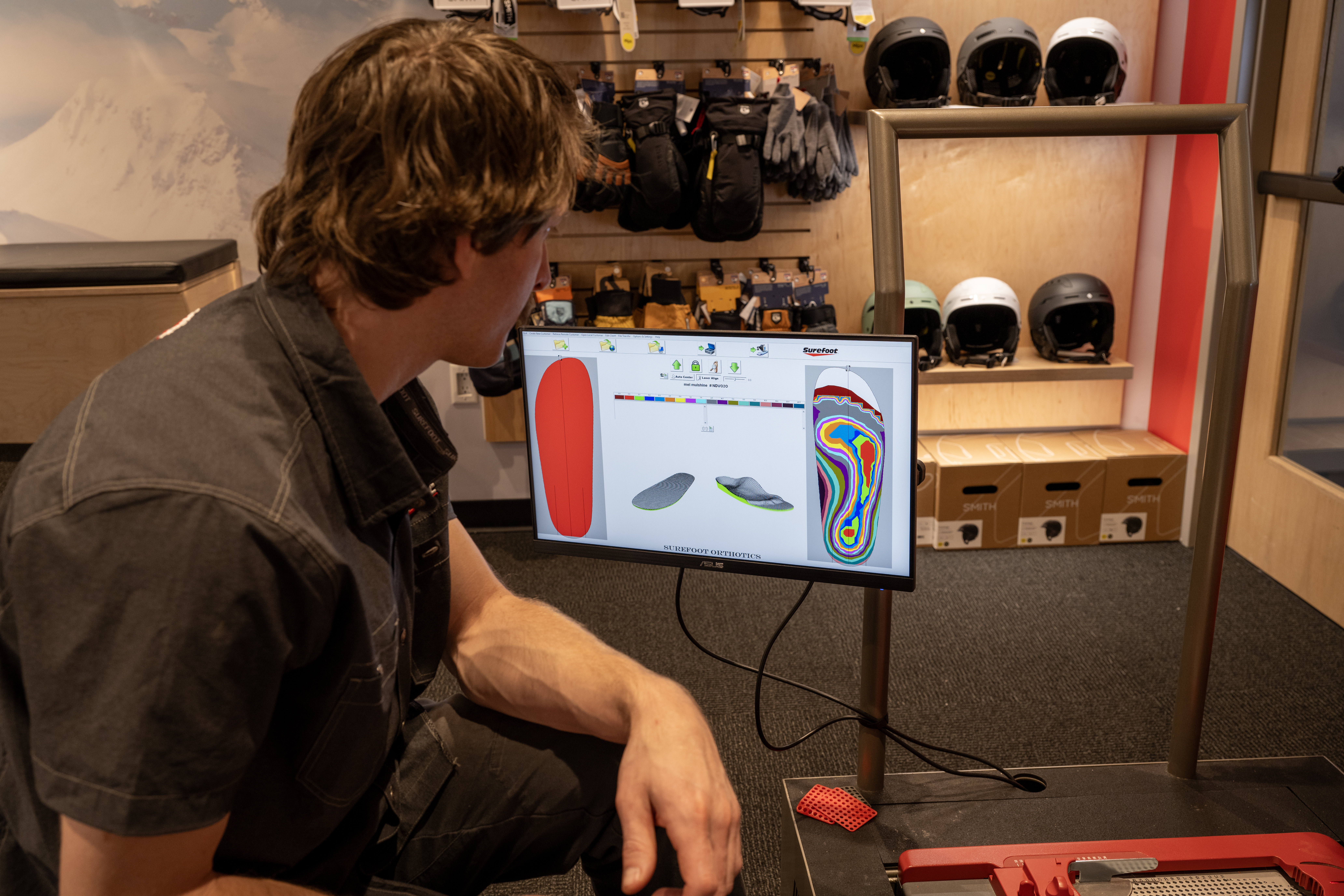
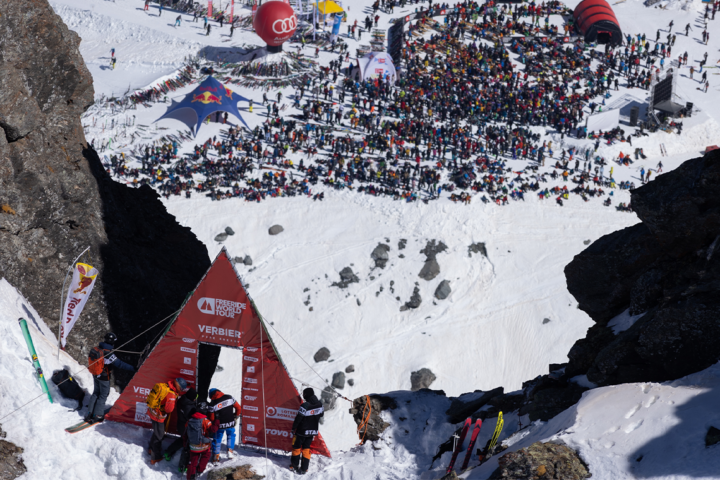


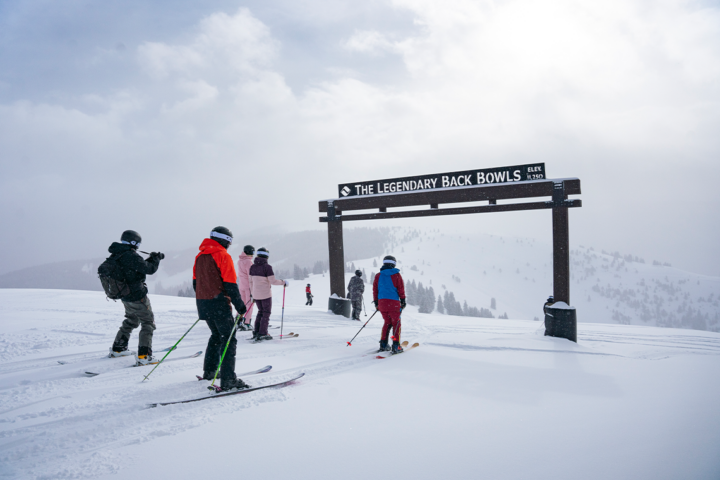
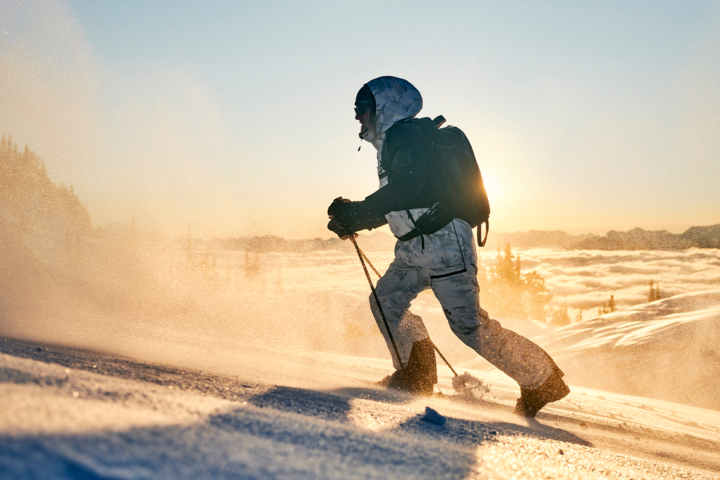

2 thoughts on “Things I’ve Learned: HEAD/Tyrolia’s Andrew Couperthwait talks Vail and the evolution of ski manufacturing”
Comments are closed.